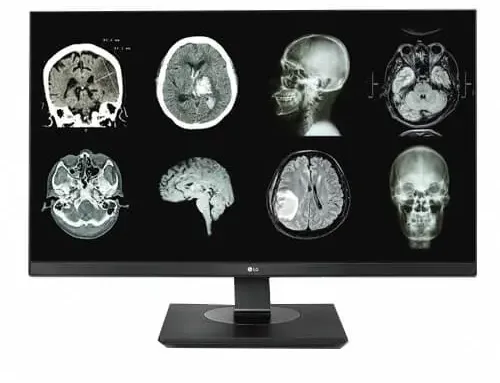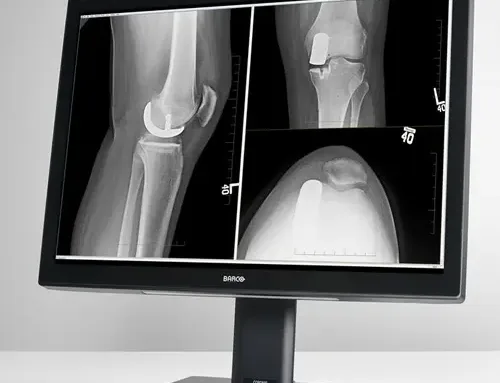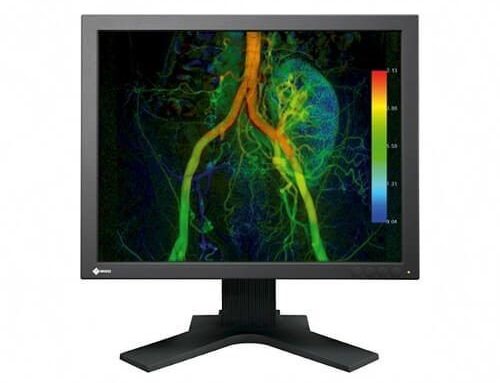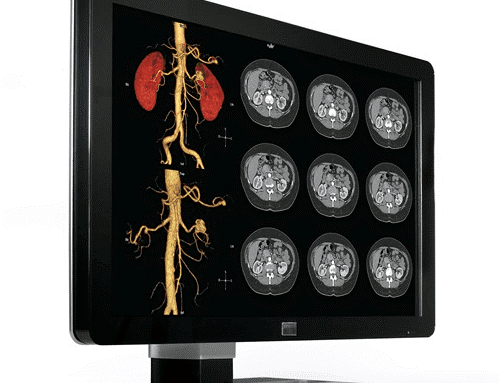In today’s operating rooms, advanced technology like real-time imaging and surgical monitors are not just helpful tools; they’re essential. Surgical monitors once used mainly to display basic information, are now pivotal in complex surgeries. With sharper imaging and advanced functions, these monitors make it easier for surgeons, anesthesiologists, and support staff to work seamlessly together, improving outcomes and patient safety.
At Hiliex Advanced Medical Technologies, we offer high-quality surgical monitors, new and refurbished. Along with these, we provide cost-effective, world-class upgrade solutions for Medical Offices, Hospitals, and Institutions. Contact us for details.
Why Real-Time Imaging Matters
Real-time imaging during surgery allows teams to monitor a patient’s condition and track the progress of procedures in great detail. The imaging is instant and constantly updated, providing precise visuals that surgeons and other medical professionals can use to make informed decisions on the spot. This shared view makes it easier for everyone to stay coordinated and informed, especially during complex procedures.
The Importance of High-Quality Surgical Monitors
Surgical monitors play a critical role by displaying clear and accurate images. High-resolution screens reduce the risk of misinterpretation, helping surgeons and other medical staff clearly see tissue structures, blood flow, and other important details. A surgical monitor with high resolution can show even the smallest details, which is crucial in minimally invasive and complex surgeries.
Today’s surgical monitors are equipped to handle HD, 4K, and even 8K resolutions. Many are designed with anti-reflective coatings, high contrast ratios, and quick response times to prevent lag.
Enhancing Collaboration in the OR
With surgical monitors, collaboration becomes smoother and more intuitive. The shared visuals mean that everyone is looking at the same details at the same time, reducing the chance of miscommunication. For example, an anesthesiologist can easily monitor vital signs on the screen, while a nurse can track the progress of the surgery, anticipating needs and preparing equipment. Real-time imaging provides the entire team with a shared “language,” allowing them to stay in sync, even during the most complex procedures.
New Advancements in Surgical Monitor Technology
As technology advances, surgical monitors continue to evolve. Monitors with 4K and 8K resolutions, for instance, offer remarkable detail, letting surgeons zoom in without losing image quality. Some monitors also feature split-screen capabilities, enabling teams to view multiple images or video feeds simultaneously. This feature is especially useful in complex procedures that require reference to imaging scans, vital signs, and live feeds.
Touchscreen surgical monitors are also becoming more popular, allowing surgeons and staff to manipulate images and access records with a touch.
Improved Patient Outcomes with Advanced Monitors
Real-time imaging doesn’t just benefit the surgical team—it can directly impact patient outcomes. By reducing guesswork and enhancing visualization, surgical monitors minimize the likelihood of errors.
For instance, in minimally invasive surgeries, where precision is essential, a high-resolution monitor can reveal fine details that ensure accurate incisions and movements.
When the surgical team is well-coordinated and can see every detail, it’s easier to avoid complications and provide patients with better results.
Choosing the Right Surgical Monitor for the OR
Here are the five key points to consider when buying a surgical monitor for the OR:
- Essential Features: High resolution, rapid response time, and compatibility with other devices are crucial for optimal performance.
- Ergonomic Considerations: Anti-glare screens and flexible mounting options enhance viewing angles and reduce strain on the surgical team.
- Enhanced Collaboration: Quality surgical monitors facilitate seamless communication and coordination among the surgical team.
- Improved Patient Safety: By reducing the risk of errors and enhancing the quality of care, these monitors contribute to better patient outcomes.
- Strategic Investment: Investing in quality surgical monitors is a strategic decision that benefits both the healthcare facility and its patients.
Final Thoughts
Surgical monitors have become more than just screens—they’re integral tools that enhance teamwork and precision in the OR. By providing real-time imaging and clear, detailed visuals, these monitors help create a synchronized environment that allows each team member to perform at their best. To make a purchase or have inquiries, feel free to contact us.






